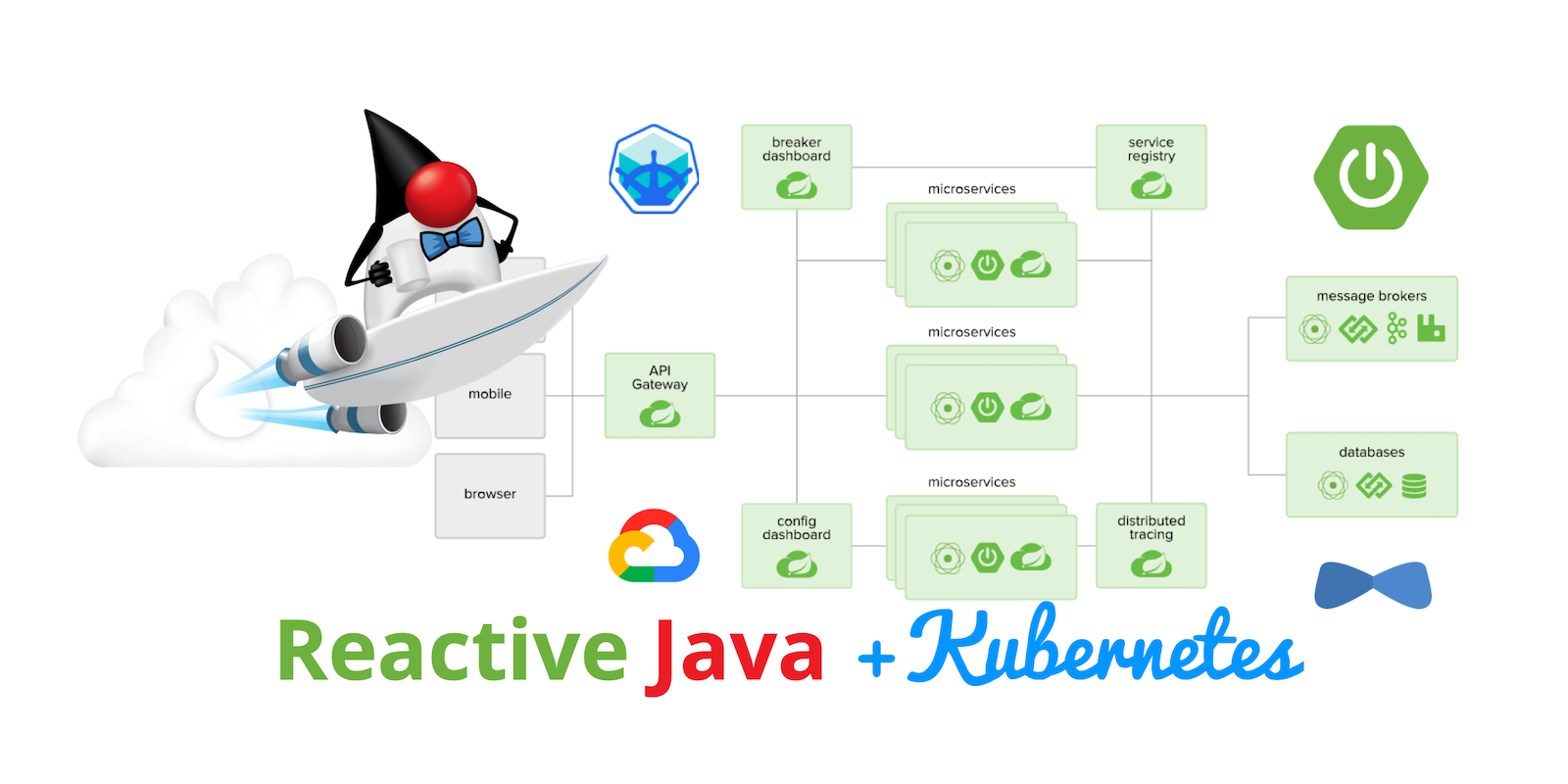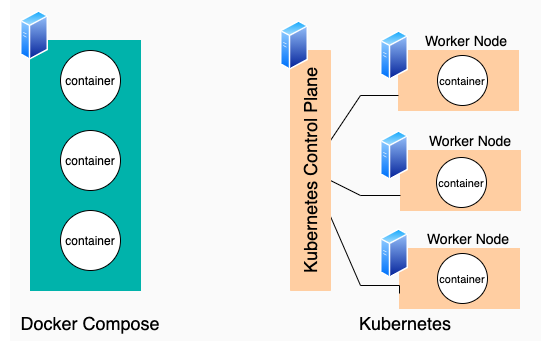

- #Docker and kubernetes for java developers how to#
- #Docker and kubernetes for java developers install#
- #Docker and kubernetes for java developers download#
Moving on, the book will focus on Kubernetes and its features and you will learn to deploy a Java application to Kubernetes using Maven and monitor a Java application in production. Next, you will create an image containing Java Enterprise Application and later run it using Docker.
#Docker and kubernetes for java developers how to#
You will then proceed to learn how to refactor monolith application into separate services by building an application and then packaging it into Docker containers.
#Docker and kubernetes for java developers download#
Download it once and read it on your Kindle device, PC, phones or tablets. This book will start by introducing Docker and delve deep into its networking and persistent storage concepts. Docker and Kubernetes for Java Developers: Scale, deploy, and monitor multi-container applications - Kindle edition by Krochmalski, Jaroslaw. Sounds too good to be true? But you have a reason to cheer as such scenarios are only possible by leveraging Docker and Kubernetes. Imagine creating and testing Java EE applications on Apache Tomcat Server or Wildfly Application server in minutes along with deploying and managing Java applications swiftly.

Explore development and deployment options with Docker.Understand the running of containers locally.Package Java applications into Docker images.They need have no knowledge of Docker and Kubernetes. The book is aimed at Java developers who are eager to build, deploy, and manage applications very quickly using container technology. Empower the journey from development to production using this practical guide.Learn how to create your own Docker image and customize your own cluster using Kubernetes.Master using Docker and Kubernetes to build, deploy and manage Java applications in a jiff.Leverage the lethal combination of Docker and Kubernetes to automate deployment and management of Java applications I will also assume that you have a basic knowledge of Docker and Kubernetes as outlined in and.
#Docker and kubernetes for java developers install#
To begin, I will assume that you have a local install of Docker and Kubernetes. The image and the descriptors can be generated with no configuration, based on some opiniated defaults based on the entries in the pom file, or alternatively can be customized with XML entries in the pom or in extremis with Dockerfiles and resource fragments. JKube is a Maven plugin with the goal, among others, of building a Docker image and creating Kubernetes resource descriptors. The latest and comprehensive entry in this category is JKube from RedHat which our subject de jour. There are other tools in this category like Dekorate which allows us to generate Kubernetes manifests using just Maven and Java annotations. The most famous of these is Jib, which we dealt with in a previous paper, which builds optimized Docker and OCI images for your Java applications and is available as a Maven plugin. To use a term familiar to developers, this is an 'impedance mismatch.' To solve this problem, we need a class of tools that speak the language of developers and make the entire deployment steps transparent to them. This involves writing several resources description files for services, deployment, etc. Deploy the container to an orchestrator like Kubernetes.Package the application in a container like Docker. After reading Chapter 6, Running Containers with Java Applications, you now have a lot of knowledge about using Docker to package your Java applications.But if we look at the steps involved in deploying a microservice:

After all, dev teams' core competency is usually Maven, a microservices framework, say, Spring Boot, test frameworks like JUnit, and so on. In practice the team owns the entire lifecycle from development to deployment - if you built it, you run it. In consequence, development teams are small (the two-pizza rule), focused on a microservice. These components communicate via a lightweight protocol like REST over HTTP. Microservices is a style of architecture consisting of a small, individual application component with a single responsibility, with a high degree of autonomy in terms of deployment and scalability.


 0 kommentar(er)
0 kommentar(er)
